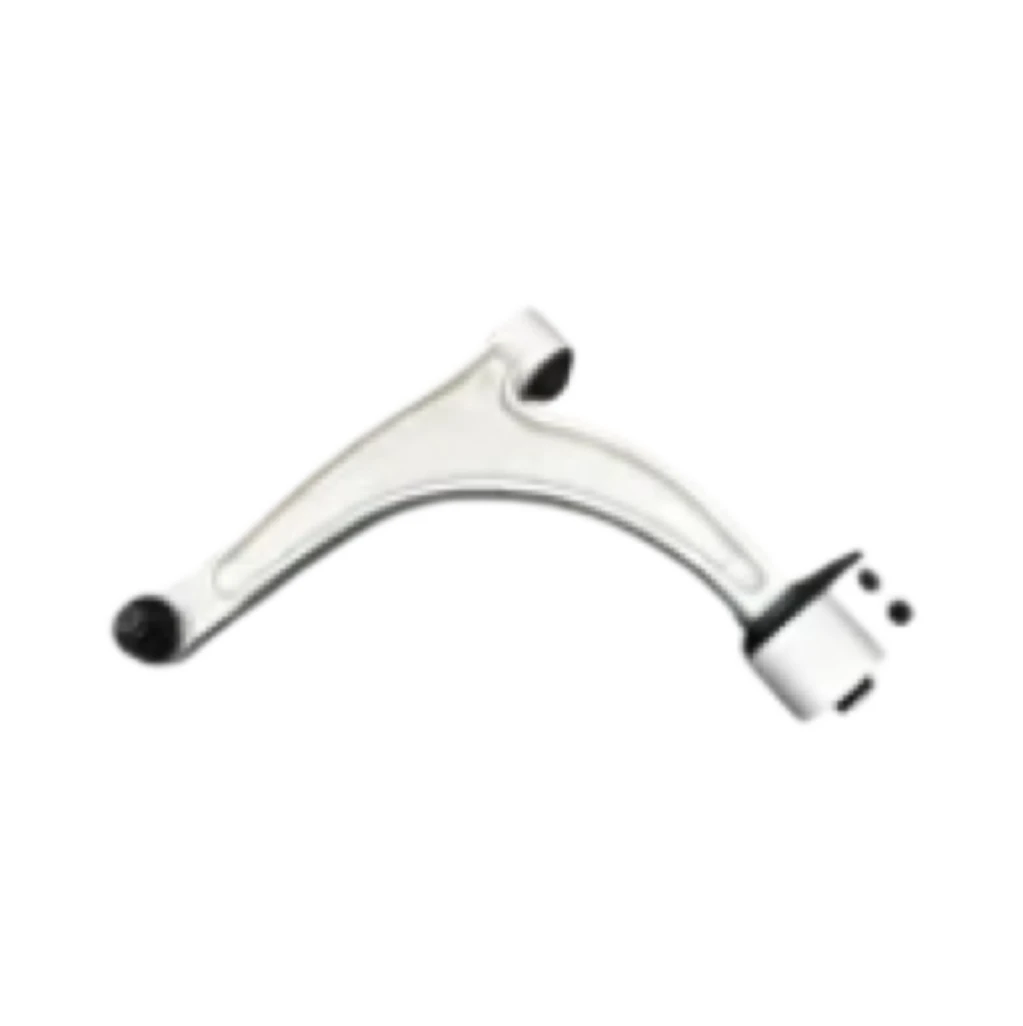
-
 Afrikaans
Afrikaans -
 Albanian
Albanian -
 Amharic
Amharic -
 Arabic
Arabic -
 Armenian
Armenian -
 Azerbaijani
Azerbaijani -
 Basque
Basque -
 Belarusian
Belarusian -
 Bengali
Bengali -
 Bosnian
Bosnian -
 Bulgarian
Bulgarian -
 Catalan
Catalan -
 Cebuano
Cebuano -
 Corsican
Corsican -
 Croatian
Croatian -
 Czech
Czech -
 Danish
Danish -
 Dutch
Dutch -
 English
English -
 Esperanto
Esperanto -
 Estonian
Estonian -
 Finnish
Finnish -
 French
French -
 Frisian
Frisian -
 Galician
Galician -
 Georgian
Georgian -
 German
German -
 Greek
Greek -
 Gujarati
Gujarati -
 Haitian Creole
Haitian Creole -
 hausa
hausa -
 hawaiian
hawaiian -
 Hebrew
Hebrew -
 Hindi
Hindi -
 Miao
Miao -
 Hungarian
Hungarian -
 Icelandic
Icelandic -
 igbo
igbo -
 Indonesian
Indonesian -
 irish
irish -
 Italian
Italian -
 Japanese
Japanese -
 Javanese
Javanese -
 Kannada
Kannada -
 kazakh
kazakh -
 Khmer
Khmer -
 Rwandese
Rwandese -
 Korean
Korean -
 Kurdish
Kurdish -
 Kyrgyz
Kyrgyz -
 Lao
Lao -
 Latin
Latin -
 Latvian
Latvian -
 Lithuanian
Lithuanian -
 Luxembourgish
Luxembourgish -
 Macedonian
Macedonian -
 Malgashi
Malgashi -
 Malay
Malay -
 Malayalam
Malayalam -
 Maltese
Maltese -
 Maori
Maori -
 Marathi
Marathi -
 Mongolian
Mongolian -
 Myanmar
Myanmar -
 Nepali
Nepali -
 Norwegian
Norwegian -
 Norwegian
Norwegian -
 Occitan
Occitan -
 Pashto
Pashto -
 Persian
Persian -
 Polish
Polish -
 Portuguese
Portuguese -
 Punjabi
Punjabi -
 Romanian
Romanian -
 Russian
Russian -
 Samoan
Samoan -
 Scottish Gaelic
Scottish Gaelic -
 Serbian
Serbian -
 Sesotho
Sesotho -
 Shona
Shona -
 Sindhi
Sindhi -
 Sinhala
Sinhala -
 Slovak
Slovak -
 Slovenian
Slovenian -
 Somali
Somali -
 Spanish
Spanish -
 Sundanese
Sundanese -
 Swahili
Swahili -
 Swedish
Swedish -
 Tagalog
Tagalog -
 Tajik
Tajik -
 Tamil
Tamil -
 Tatar
Tatar -
 Telugu
Telugu -
 Thai
Thai -
 Turkish
Turkish -
 Turkmen
Turkmen -
 Ukrainian
Ukrainian -
 Urdu
Urdu -
 Uighur
Uighur -
 Uzbek
Uzbek -
 Vietnamese
Vietnamese -
 Welsh
Welsh -
 Bantu
Bantu -
 Yiddish
Yiddish -
 Yoruba
Yoruba -
 Zulu
Zulu
Designing Effective Front and Lower Control Arms for Enhanced Vehicle Performance
Understanding Front and Lower Control Arms in Automotive Engineering
In the realm of automotive engineering and design, control arms play a critical role in the suspension system of a vehicle. Specifically, front and lower control arms contribute significantly to the handling, stability, and overall safety of a car. This article delves into the functions, designs, and importance of front and lower control arms and how they enhance vehicle performance.
What Are Control Arms?
Control arms are crucial suspension components that connect the wheels to the vehicle’s chassis. They enable the wheel to move vertically while maintaining proper alignment with the road. Typically, there are two types of control arms upper control arms and lower control arms. While both serve similar purposes, their placements and design specifics can vary significantly between vehicles.
The Importance of Front Control Arms
Front control arms, as the name suggests, are located at the front suspension of the vehicle. These components are pivotal for steering precision and overall ride quality. They provide a connection between the wheel spindle and the vehicle frame, allowing for the up-and-down movement of the wheels during driving and cornering.
The design of front control arms can differ vastly, influenced by factors such as the vehicle’s type, intended use, and engineering goals. Most commonly, these components are crafted from steel, aluminum, or composite materials, depending on the requirement for strength, weight, and cost.
In performance vehicles, front control arms are often engineered for reduced weight and enhanced rigidity. This contributes to improved responsiveness and agility, making the vehicle more enjoyable to drive, especially in challenging driving conditions.
Understanding Lower Control Arms
front and lower control arms

Lower control arms are the counterparts to their upper siblings, primarily found in the vehicle's rear. They serve similar fundamental purposes but are uniquely designed to handle the loads and stresses encountered at the rear suspension. The lower control arms are typically more robust, as they often bear greater forces during acceleration, braking, and cornering.
Much like front control arms, lower control arms are made from various materials, including stamped steel, forged aluminum, or tubular components. The choice of material and design is often dictated by the vehicle's application—whether it be a sports car requiring a lightweight configuration for speed and handling or a truck requiring heavy-duty strength for towing and off-road conditions.
Functionality and Benefits
The primary function of both front and lower control arms is to maintain the correct wheel positioning relative to the vehicle body, thereby ensuring that the wheels remain perpendicular to the road surface while allowing for suspension movement. This is essential for maintaining consistent tire contact, which translates to greater traction, stability, and control.
Properly designed and functioning control arms also help in isolating unwanted vibrations and shocks from the road, enhancing ride comfort for passengers. Moreover, they contribute to the overall geometry of the suspension system, which is vital for brake performance, tire wear, and steering efficacy.
Conclusion The Critical Role of Control Arms
In summary, front and lower control arms are fundamental components of automotive suspension systems that significantly influence vehicle performance. Their design and functionality help ensure precise handling, stable ride quality, and safety under various driving conditions. As vehicles evolve, so too do control arm technologies, incorporating advancements such as adjustable designs and innovative materials that increase strength while reducing weight.
Understanding the role of these control arms provides valuable insight into automotive engineering and the complexities involved in creating vehicles that not only meet but exceed the expectations of today’s drivers. As engineering practices continue to advance, drivers can look forward to enhanced performance and innovations in the design and function of these vital components, ensuring a more enjoyable and safer driving experience in the future.







